48 pages • 1 hour read
Thomas KingTruth and Bright Water
Fiction | Novel | Adult | Published in 1999A modern alternative to SparkNotes and CliffsNotes, SuperSummary offers high-quality Study Guides with detailed chapter summaries and analysis of major themes, characters, and more.
Summary and Study Guide
Overview
Truth & Bright Water, a novel by the Canadian author and academic Thomas King, is a coming-of-age story about a young, Indigenous boy growing up between the fictional American border town of Truth and the Canadian reservation of Bright Water. As a scholar of Indigenous history and culture and as a self-identified person of Cherokee and Greek descent, King often uses his work to explore questions of Indigenous identity, self-perception, and the importance of community in understanding the self. Much of King’s early academic work focused on oral storytelling tradition as literature. This thematic thread is visible throughout his body of work and influences the structure and narrative flow of Truth & Bright Water.
This guide refers to the First Grove Press paperback edition of Truth & Bright Water published in 1999.
Content Warning: The novel and this guide refer to domestic abuse, child abuse, emotional manipulation and abuse, sexism and sexist language, anti-gay language, animal death, suicide, and colonial trauma.
Plot Summary
Truth & Bright Water opens with a description of the Shield, the river that both divides and connects the American border town Truth and the Canadian reservation Bright Water. From the bridge that crosses the river, it’s possible to see two of the area’s most distinctive landmarks: the abandoned church and the two stone pillars, called the Horns, that rise from the river and touch a nearby cliff.
The novel follows Tecumseh, a 15-year-old boy who lives in Bright Water with his mother and his dog, Soldier. In the opening chapter, Tecumseh and his best friend, Lum, witness a peculiar event. A woman in a truck drives out to the Horns, performs a dance, and then throws a suitcase from the Horns into the river. The woman herself then jumps. Tecumseh and Lum run down to the river to see if they can find the woman, but the only evidence of her fall that emerges is the contents of the suitcase: a skull with a red ribbon wound through it.
Tecumseh tries to talk to the adults in his life about the jumping woman and her skull. The first person he approaches is his mother, a beautician, but all he learns from her is that she’s planning on spending some time at her mother’s place in Truth because her sister, Cassie, has returned to town. Lum then tries to tell his father, Elvin, who lives in Truth and is estranged from Tecumseh’s mother. Elvin and his friends, Miles Deardorf and Skee Gardipeau, do not pay attention to Tecumseh’s story, too taken with the news of the return of Monroe Swimmer, a famous artist who grew up in Bright Water but left years ago. Tecumseh tries to speak to his father again when he’s not with Miles and Skee, but they become involved in a conversation about the wooden figurines Elvin is making to sell to white tourists at the “Indian Days” festival.
Unable to get through to his parents, Tecumseh goes outside in search of Soldier, who has run off. While exploring the prairie, he finds himself over by the old church, which Monroe has recently purchased and inhabited. The artist is very different from what Tecumseh imagined: He wears a wig, sometimes uses a wheelchair, and appears to be painting the church such that it blends into the landscape around it. Monroe offers Tecumseh a job for the summer assisting him in his work, and Tecumseh readily accepts.
Tecumseh’s mother takes her with him to Truth to see his grandmother and his aunt, Cassie. Cassie regales them with stories of her travels abroad, but soon the conversation turns to Monroe’s return and his connection to Cassie, and the women send Tecumseh outside so he can’t learn about this part of their family history.
Since none of the adults in his life will listen to his questions about the jumping woman, Tecumseh moves on. He helps Elvin move goods—some of which may not be legal—across the border, and Elvin teaches him how to drive. Some of the goods they are transporting are pieces of equipment for Indian Days. Tecumseh drives these directly to Franklin, the chief of the tribe and Lum’s father, who is setting up for the celebration.
Afterward, Tecumseh heads home and overhears a conversation between his mother and Cassie about whether or not Cassie is going to talk to a man; Tecumseh never hears the man’s name. They also reference someone called “Mia,” whom Tecumseh doesn’t know. He sees his mother give Cassie a suitcase full of his old baby clothes. Tecumseh calls Lum, and they agree to meet up later to talk about this and about the jumping woman.
Tecumseh goes to work with Monroe, who tells him that he works in painting restoration and that his work has often focused on returning Indigenous people to paintings they were removed from. Tecumseh tries to ask questions about Monroe’s connection to his mother and Cassie, but Monroe deflects. Later, Tecumseh meets up with Lum, who is testing out the motorcycles that Franklin brought in as a recreational activity for “Indian Days.” They head to the river, and Tecumseh notices that Lum is badly bruised because Franklin beat him. Lum isn’t interested in discussing this; instead, he tells Tecumseh to come back to the river with a sleeping bag so they can spend the night looking for clues about the jumping woman.
The next day, Tecumseh heads to his grandmother’s to help her set up a tipi. They discuss the fact that Tecumseh’s mother is auditioning for a role in a local production of Snow White. His grandmother does look at the skull, but she can only tell Tecumseh that it came from someone young who lived a hard life. That night, Tecumseh heads down to the river to meet Lum. Lum seems erratic as he plays with the skull near the cliff’s edge, which frightens Soldier. Tecumseh, concerned, gets him away from the cliff, and they wander down toward the church. Through the window, Lum spies Monroe having sex with a woman, but by the time Tecumseh looks there’s nothing to be seen.
Tecumseh heads to Monroe’s the next morning, where he plays Monroe’s piano. Tecumseh and Monroe discuss the role of art in preserving memory. Later, Tecumseh heads to Indian Days, which has attracted everyone in Truth and Bright Water as well as a significant number of white tourists. Tecumseh sees his father, dressed as Elvis, selling his wares; Monroe is also there but in disguise because he doesn’t want to be recognized. However, Lum is absent from the proceedings, which is odd because there’s a race scheduled that he has been training for all year. Tecumseh deduces that Lum’s injuries from Franklin’s beatings have become prohibitively severe. Tecumseh searches for Lum, finding him sleeping outside later that night. Lum’s injuries are worse than they were before. Tecumseh offers to let him stay with his family, but Lum, in a stormy mood, declines.
The next day, Tecumseh heads to the church, where he helps Monroe move everything that had been inside of the building to the outside. Monroe starts a fire that attracts the locals. He then proceeds to give away everything that had been inside of the church. Tecumseh, having pieced together that Cassie might be pregnant and might have had a past relationship with Monroe, asks her about “Mia,” but all Cassie tells him is that Tecumseh never knew Mia. Cassie burns the suitcase full of baby clothes in the bonfire.
After everyone leaves, Tecumseh helps Monroe organize what’s left. He finds a box with Monroe’s wig that also has a skull, and Tecumseh realizes that Monroe was the jumping woman. Monroe confirms this and explains that he’s been reclaiming the bones of Indigenous children from museums he works in and returning them to Bright Water. The two go out to the river to return this skull, and they encounter Lum. Monroe leaves the two of them alone, and Lum, badly hurt, talks about how well he would have done at the race. Tecumseh tries to get him to come home, but Lum runs along the bridge with Soldier following him. Lum and Soldier fall from the bridge to their deaths.
Many people attend Lum’s funeral, but Soldier’s body is never found. Tecumseh and his family watch his mother perform the lead role in the play. Everyone agrees she does well, and she and Tecumseh come home to find that she has received a bouquet of flowers.
Related Titles
By Thomas King
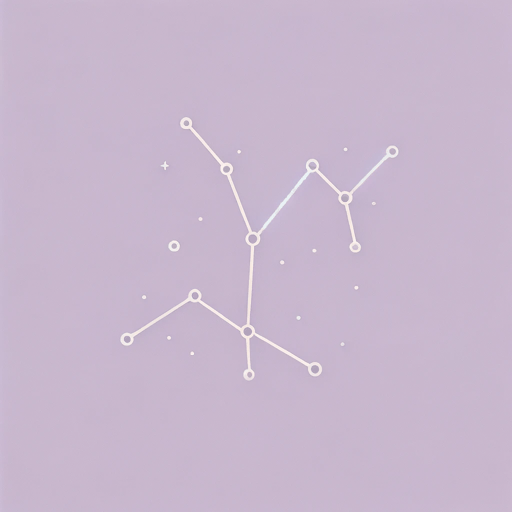
Borders
Thomas King
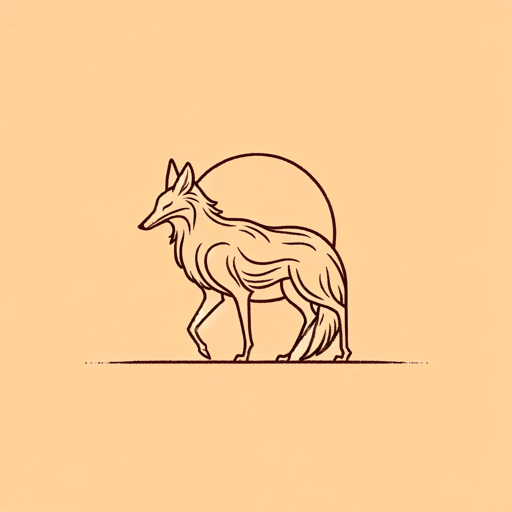
Green Grass, Running Water
Thomas King

Medicine River
Thomas King
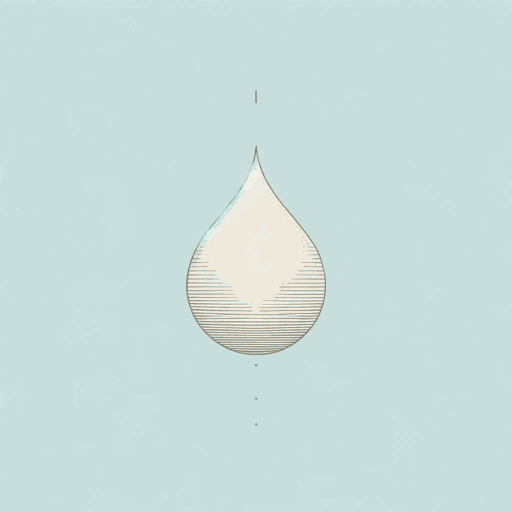
The Back of the Turtle
Thomas King
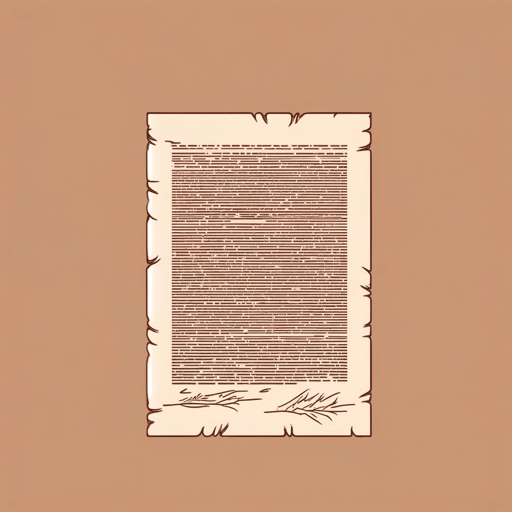
The Inconvenient Indian: A Curious Account of Native People in North America
Thomas King
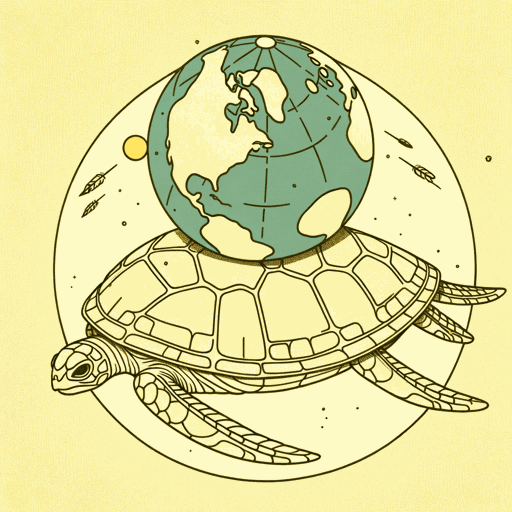
The Truth About Stories: A Native Narrative
Thomas King

